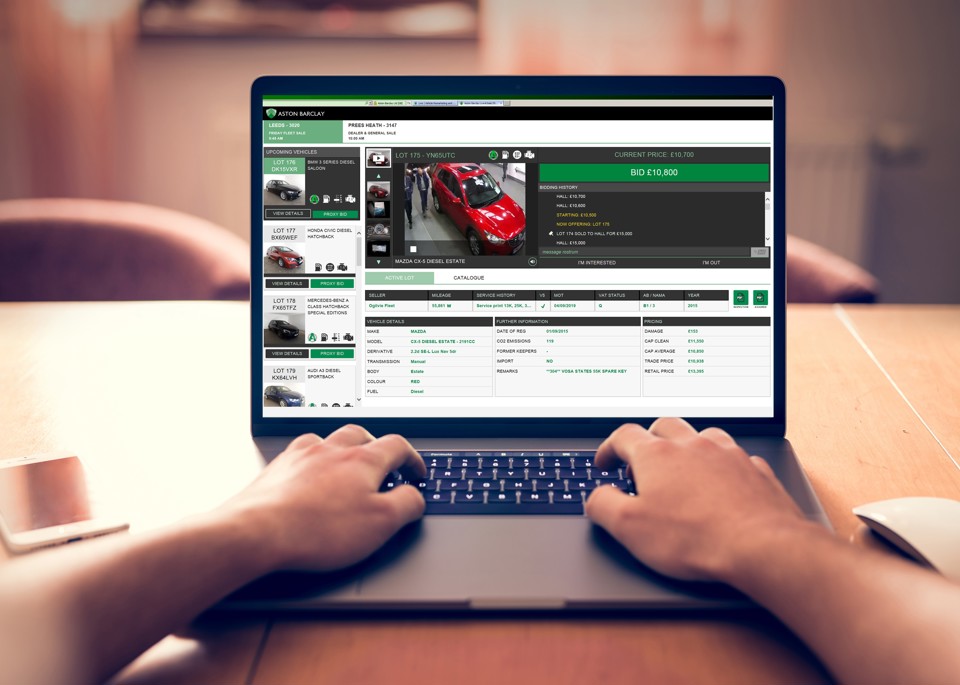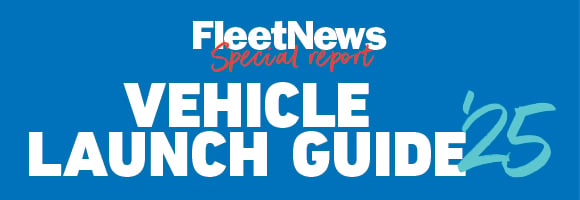Large volumes of fleet stock were held back from sale in November, with used car buyers furloughed and prices compromised by the lockdown, according to Aston Barclay.
This contributed to the average price of 24-60-month ex-fleet stock falling by 9.5% (£881) in the month to £10,638.
However, Aston Barclay stressed that this was considered to be a short-term blip as values and conversions have already started to improve.
And, at £10,638 prices are still higher than at the beginning of 2020 which puts the current volatility of the 2020 market into perspective.
Online used car sales helped volumes reach 70% of what would typically be expected in November and, with vehicles being held back, Aston Barclay says that it appears this was a sound strategy as used car demand and prices are already improving in December.
Average prices of late and low stock remained static at £16,486 as demand was high but supply remained very low, with the market eagerly waiting for daily rental companies to reveal their replacement policies for 2021 to see if supply improves.
“How Brexit may affect the used car market is still unclear,” Martin Potter, Aston Barclay
The budget part exchange sector (older than 126 months) rose in November by £60 to £1,312.
Prices of younger part exchanges (55-78 months) fell by 9.9% (£765) due to a lack of supply and variety of stock, while older part exchanges (79-126 months) fell back by £183 to £3,517 due to average mileage increasing by 2,500 to 79,000 miles.
EVs and hybrids experienced a price fall in November of £1,341 (9.1%) as they moved closer to equivalent petrol and diesel models.
The trade is anticipating a strong end to December and start to January with buyers already showing interest in Aston Barclay’s auctions between Xmas and the New Year.
But while the market looks nicely set on all fronts entering 2021 there are still a number of factors out of the market’s control that may affect its progress according to Aston Barclay’s MD – customer, Martin Potter.
He explained: “Overall, we were very positive about how November performed compared with the first lockdown, but how Brexit may affect the used car market is still unclear.
“The likelihood is that it will impact the new car market more readily. Consumer confidence is still in the balance moving into 2021 with the unemployment rate continuing to rise which is countered by the positive news that the vaccine programme will start before Xmas.
“What I know is that the used car industry would love some consistency to return in 2021.”
Figures from Indicata showed used car demand fell 22.1% year-on-year in November, while prices fell by 2.1% between the end of October and November as dealers stimulated demand online while their showrooms were shut.
These were the first price falls the market had seen since the Spring. “We saw our online wholesale portal stock levels rise during November but not dramatically as many dealers have been investing in new stock at the lower lockdown prices,” explained Jon Mitchell, group sales director Indicata.
“While prices did fell during November our Indicata insights have already seen a rise of 0.3% again in the first few days of December as dealers come out of lockdown.
“Our message is the same as last month – clear out your ageing and unwanted stock quickly by reducing prices and invest in the fast-selling stock as everybody is expecting a strong trading period over Xmas and into Q1.”
USED CAR PRICE PRESSURE
The figures from Aston Barclay comes as the British Vehicle Rental and Leasing Association (BVRLA) suggest that residual values could fall by 10% over the next year as the economic effects of a recession and high unemployment bite.
The prediction is included in the BVRLA’s latest Leasing Outlook report, which warns the vehicle leasing industry is braced for yet more challenges as “the most turbulent year imaginable” comes to an end.
The report says the sector remains agile but is also seeking clarity around the impact of Brexit, the Covid-19 pandemic and the transition to zero-emission motoring.






















Login to comment
Comments
No comments have been made yet.